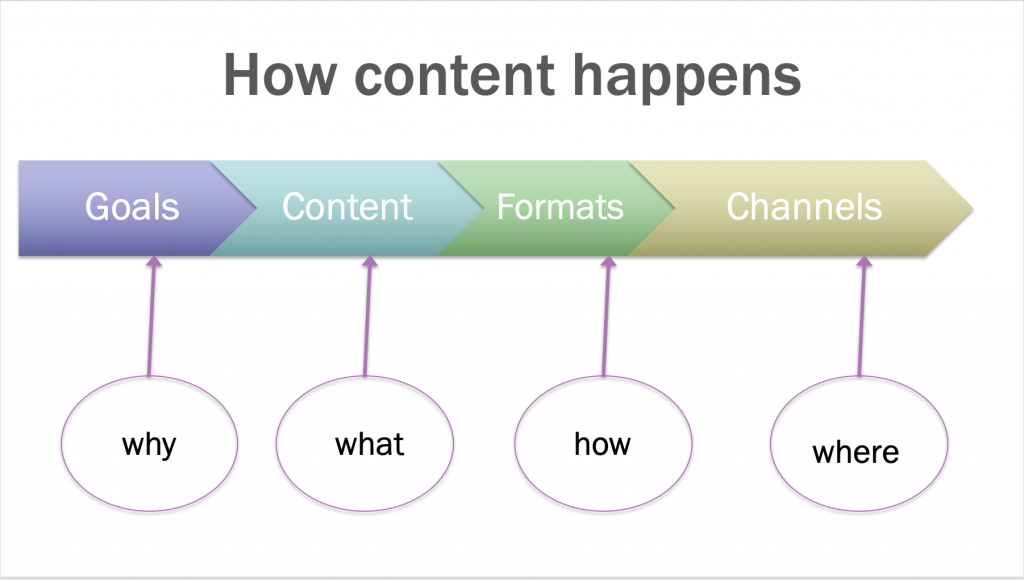If your organization is like most, it publishes a lot of content. When I oversaw…

Photo by Sharon McCutcheon on Unsplash
How much is your organization spending on its content, and are its investments worth it? Content is an investment in the present…and the future.
Your organization invests in a LOT of content: Webinars, conference sessions, magazine articles, press releases, maybe research reports, clinical guidelines, industry standards, and more.
Two examples:
-
- The average web page costs $2,000: Average time of 3.5 days to plan, research, write, review, and publish, assuming more time to create and less time to maintain, $560/day for each person (writer, manager, IT support, analytics, etc.) based on $75,000/year salary + benefits. So if a page gets only 100 unique visitors in a one-year period, you spent $20 per person to deliver that content.
- Each conference session, webinar, or online course may cost upwards of $5,000, considering the content creation, managing a committee developing a vision/theme, finding and engaging speakers, hiring the speaker, and averaging the costs of the venue, food/beverage, and marketing. So if only 50 people receive the content from that session or course, you spent $100 per person to deliver that content.
Are you getting the right kind of value for that expenditure? If your association creates content of only one type for one audience in one instance, you are wasting resources – and, more important, you are missing opportunities to show your value.
The way to wring more value from your content is to create it once and use it in multiple ways, deliver it in multiple formats, and highlight it to your audience where they are most likely to look for it, when they are most likely to need it.
And to do that, we have to rethink how we identify and create content. Currently, organizations are largely set up by content type: the research department creates research reports, the meetings department orchestrates conference sessions, the education department creates courses, the publications team oversees articles, etc.
Each group, then, has to think through the entire content process for itself, without knowing what other groups are doing. It’s likely that if multiple groups are charged with helping the organization meet a given goal, they are creating content that is similar, or at least complementary.

In a better way, the organization would start with a goal, and all groups on the execution side would collaborate on the content needed to achieve that goal, and then work in their specific formats to execute the content. They would freely link to the other content on the topic or that supports the goal, without needing to re-create it.
To learn more, see the presentation on this topic below:


This Post Has 0 Comments